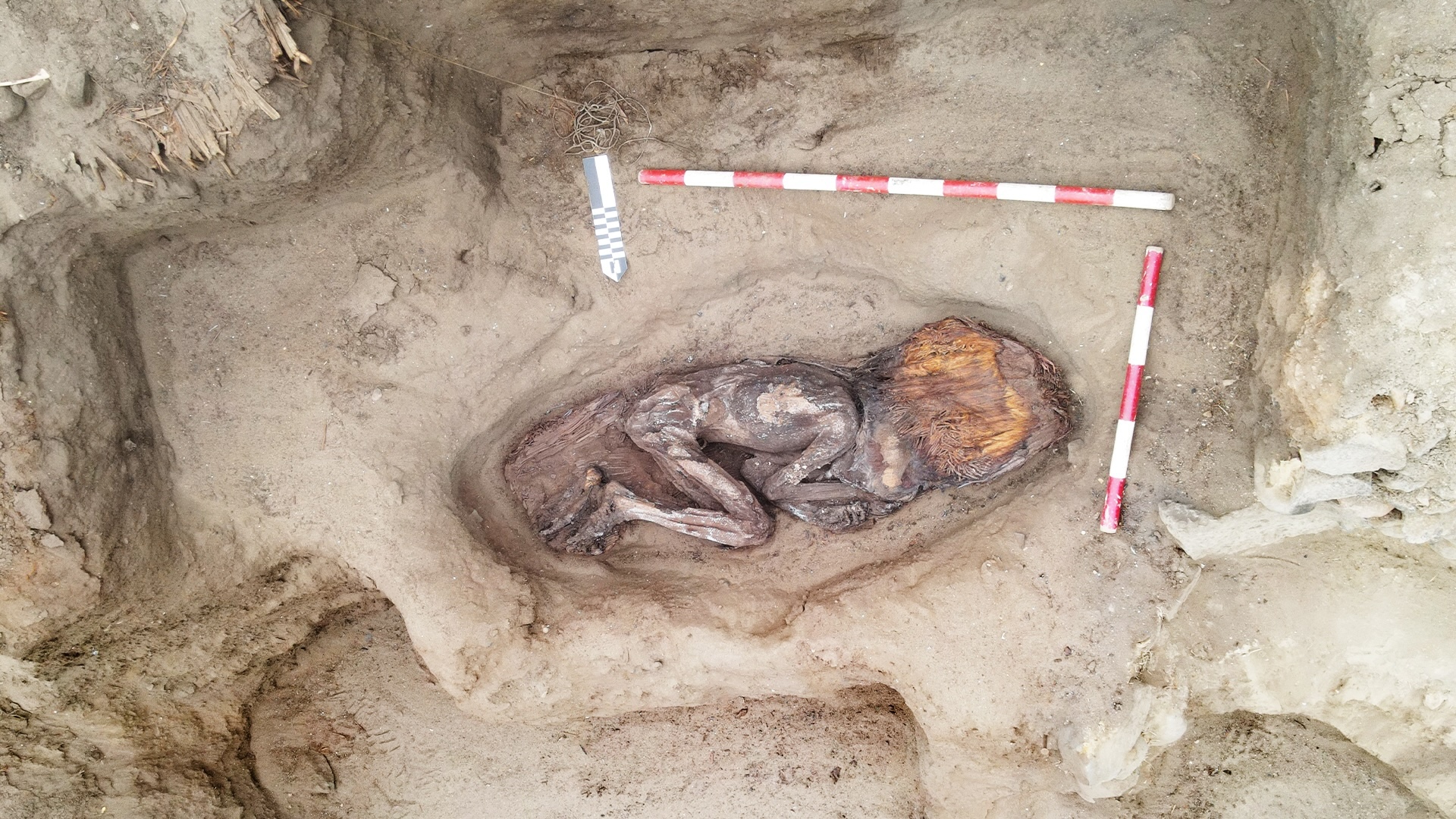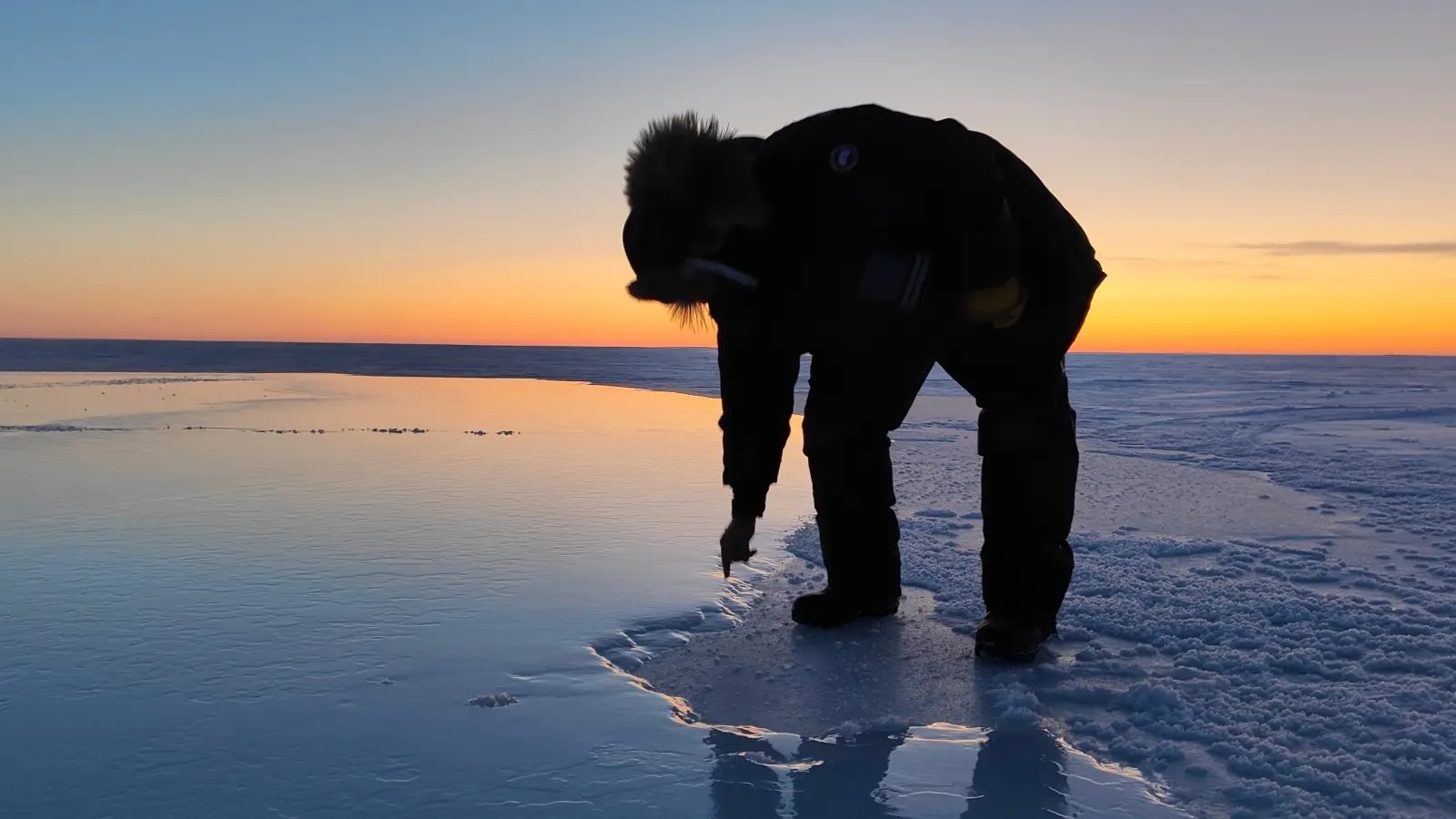New 'Mixed' Language Discovered in Northern Australia

A new language, one that combines elements of English with traditional indigenous speech, has been discovered in northern Australia, according to a new study.
The language, now known as Light Warlpiri, is spoken by approximately 300 people in a remote desert community about 400 miles (644 kilometers) from Katherine, a town located in Australia's Northern Territory, said Carmel O'Shannessy, a professor in the department of linguistics at the University of Michigan in Ann Arbor. O'Shannessy documented the discovery of Light Warlpiri in a study published online today (June 18) in the journal Language.
Light Warlpiri is known as a "mixed language," because it blends elements from multiple languages: Traditional Warlpiri, which is spoken by about 6,000 people in indigenous communities scattered throughout the Tanami Desert in the Northern Territory; Kriol, an English-based Creole language spoken in various regions of Australia; and English. [10 Things That Make Humans Special]
"The striking thing about Light Warlpiri is that most of the verbs come from English or Kriol, but most of the other grammatical elements in the sentence come from Warlpiri," O'Shannessy told LiveScience.
In English, the order of words in a sentence generally indicates the grammatical relationship between the various entities. For example, in the sentence "Mary saw Jim," it is understood that Mary is the one doing the seeing, because her name precedes the verb. In the Warlpiri language, however, words can be placed in any order, and grammatical interpretations are based on suffixes that are attached to the nouns, O'Shannessy explained. Light Warlpiri represents a mixture of these structural rules.
"In Light Warlpiri, you have one part of the language that mostly comes from English and Kriol, but the other grammatical part, the suffixing, comes from Warlpiri," O'Shannessy said.
'Non-future' time
Sign up for the Live Science daily newsletter now
Get the world’s most fascinating discoveries delivered straight to your inbox.
Another innovation of the newfound language is a word form that refers to both the present and past time, but not the future. For example, in English, "I'm" refers to "I" in the present tense, but Light Warlpiri speakers created a new form, such as "yu-m," which means "you" in the present and past time, but not the future. In other words, this verbal auxiliary refers to the "non-future" time, which is a word form that does not exist in English, Kriol or traditional Warlpiri, O'Shannessy said.
"That structure doesn't exist in any of the languages that this new code came from, which is one of the reasons we see this as a separate linguistic system, even though it comes from other languages that already exist," she explained.
O'Shannessy first discovered Light Warlpiri when she began working in a school in the Northern Territory where traditional Warlpiri was being taught to children. She noticed that some of the students appeared to switch between several languages in conversation.
"After a while, I realized this switching took place in every sentence, and I decided to investigate it," O'Shannessy said. "Once I recorded children speaking, I looked at the patterns and I could see that there were very striking systematic patterns. It was then that I realized this was a system of its own."
The evolution of language
O'Shannessy thinks Light Warlpiri likely emerged in the 1970s and 1980s, when children went from switching between English, Kriol and Warlpiri to speaking the mixed Light Warlpiri language on a primary basis.
"It seems that the people who are about 35 years old are the ones who created the system and brought in the innovation in the verbal auxiliary," O'Shannessy said. "They then passed it on to their children, and it will probably get passed on to subsequent generations."
Mixed languages are not altogether uncommon throughout the world, but the types of grammatical innovations seen with Light Warlpiri are considered rare, O'Shannessy said.
Other examples of mixed languages include Gurindji Kriol, a blend of Kriol and traditional Gurindji, which is spoken by communities in Australia's Northern Territory; and Michif, which is spoken by communities along the U.S.-Canada border, and combines verbal structures from Cree, an Algonquin language, and noun structures from Métis French, a type of Canadian French dialect.
Follow Denise Chow on Twitter @denisechow. Follow LiveScience @livescience, Facebook & Google+. Original article on LiveScience.com.

Denise Chow was the assistant managing editor at Live Science before moving to NBC News as a science reporter, where she focuses on general science and climate change. Before joining the Live Science team in 2013, she spent two years as a staff writer for Space.com, writing about rocket launches and covering NASA's final three space shuttle missions. A Canadian transplant, Denise has a bachelor's degree from the University of Toronto, and a master's degree in journalism from New York University.
Why is yawning contagious?
Scientific consensus shows race is a human invention, not biological reality









